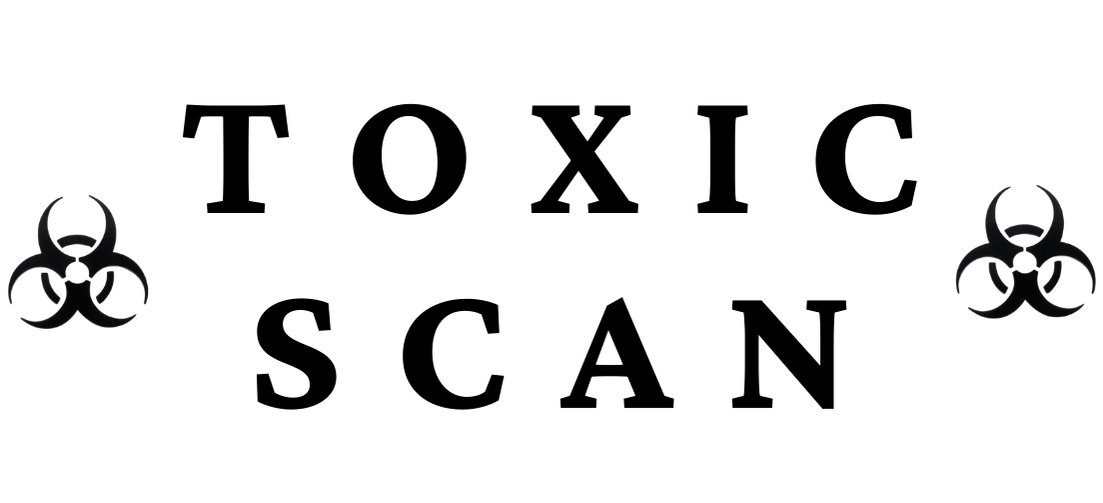E129: Allura Red AC
E129: Allura Red AC
What is E129 (Allura Red AC)?
Allura Red AC (E129), also known as Red 40, is a synthetic azo dye used as a food coloring agent to provide a red to orange color in food and beverages. It is one of the most widely used artificial food colorings, particularly in the United States and Europe.
Source and Production
Allura Red AC is an entirely synthetic compound that does not occur naturally. Its production involves:
- Chemical synthesis: Derived from petroleum byproducts 2. Azo compound formation: Created through a diazotization reaction 3. Purification: Processed to meet food-grade standards 4. Quality control: Tested for purity and unwanted byproducts
The dye is manufactured through complex chemical processes rather than being extracted from natural sources.
Common Uses in Food
E129 is commonly used in a wide variety of food products, including:
- Carbonated soft drinks and fruit-flavored beverages
- Candies, confectionery, and chewing gum
- Breakfast cereals and cereal bars
- Desserts, ice cream, and gelatin products
- Snack foods (especially those targeting children)
- Processed meats (sausages, hot dogs)
- Condiments, sauces, and dressings
- Baked goods and cake mixes
- Medicines and supplements (particularly children's formulations)
Health and Safety
Safety Assessment
Allura Red AC has been evaluated by several regulatory bodies:
- The European Food Safety Authority (EFSA)
- The U.S. Food and Drug Administration (FDA)
- The Joint FAO/WHO Expert Committee on Food Additives (JECFA)
The JECFA has established an Acceptable Daily Intake (ADI) of 0-7 mg/kg body weight for Allura Red AC.
Safety Concerns
Several health concerns have been associated with Allura Red AC:
- Hyperactivity in children: Studies, including the Southampton study, have linked this dye to attention problems and hyperactivity in some children
- Allergic reactions: Known to cause allergic-type reactions in sensitive individuals
- Potential carcinogenicity: Some research has raised questions about potential long-term effects, though regulatory bodies maintain it is safe at approved levels
- Histamine intolerance: May worsen symptoms in people with histamine sensitivity
Susceptible Populations
Certain groups may be more vulnerable to adverse effects:
- Children with ADHD or existing behavioral issues
- Individuals with aspirin sensitivity
- People with allergies or asthma
- Those with histamine intolerance
Regulatory Status
The regulatory status of E129 varies globally:
- European Union: Approved as E129, but products containing it must carry a warning label stating "may have an adverse effect on activity and attention in children"
- United States: Approved by the FDA as Red 40
- United Kingdom: Permitted but subject to voluntary phase-out in some products
- Norway and Sweden: More restricted use compared to other EU countries
- Australia/New Zealand: Approved as food additive 129
Identification on Labels
Allura Red AC may appear on ingredients lists under various names:
- E129
- Allura Red AC
- Red 40 or FD&C Red No. 40
- CI Food Red 17
- INS No. 129
Alternatives to E129
For those seeking to avoid Allura Red AC, several natural alternatives can provide similar colors:
- Beetroot extract (E162)
- Anthocyanins from berries (E163)
- Carmine/cochineal (E120) - though not suitable for vegetarians
- Paprika extract (E160c)
- Lycopene (E160d)
- Tomato-based colorings
Conclusion
E129 (Allura Red AC) is a synthetic food coloring with a moderate toxicity rating. While regulatory authorities have deemed it safe at approved levels of consumption, concerns remain regarding its potential effects on child behavior and allergic reactions in sensitive individuals. The requirement for warning labels in Europe reflects these concerns. Consumers who wish to avoid artificial colors may want to check product labels and opt for foods containing natural colorings instead.
